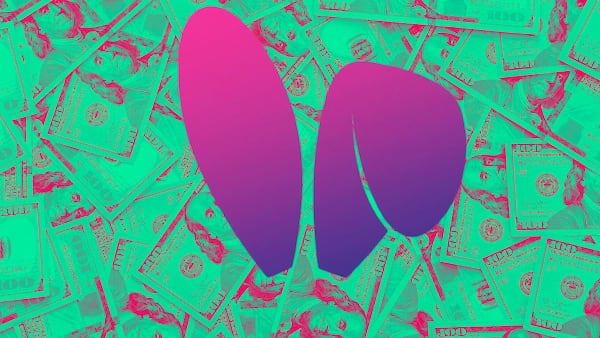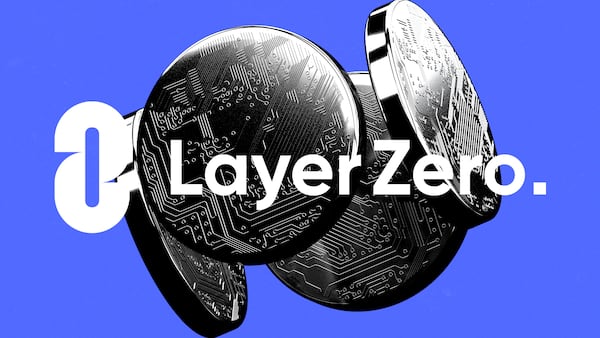- Friend.tech’s native token, FRIEND, went live Friday with 52 million FRIEND claimed by users by 4 pm London time.
- Trading has been extremely volatile, with $69 million in trading volume, generating over $1 million in fees for liquidity providers so far.
- FRIEND launched alongside V2 of the social media platform, whose key feature are group chats dubbed “clubs."
In its first day of trading, friend.tech’s FRIEND token has already seen over $69 million in total volume, generating $1,035,000 in fees for liquidity providers.
Users who participated in V1 on friend.tech, a social media platform that let users buy and sell shares, dubbed keys, of other users granting access to private chat rooms, earned a share of 90 million FRIEND tokens.
In a contrarian move, the entire supply of FRIEND was allocated exclusively to users of the protocol, deviating from the industry norm where typically more than half of a new token’s supply is reserved for investors and developers.
Once claims for FRIEND were live, many users rushed to sell their tokens to realise a gain.
For example, HaskaTrades, a popular influencer among crypto traders, sold around 191,000 FRIEND at an average price of $0.91, netting $174,000.
Another influencer, CL207, sold nearly 170,000 FRIEND at an average price of $1.22 for a $207,000 profit.
The rush to try to claim and then sell tokens for a gain, and its resulting volatility, helped liquidity providers.
All FRIEND trades must be conducted through friend.tech’s decentralised exchange, Bunny Swap. Trades through the DEX are charged a 3% fee, with 1.5% going to the friend.tech team and 1.5% to liquidity providers.
Users who provide FRIEND liquidity on Bunny Swap are also eligible to receive more FRIEND rewards. A total of 12 million FRIEND has been set aside to reward liquidity providers over the next 12 months.
But providing liquidity doesn’t come without risks.
As some have pointed out, users who provide liquidity are exposed to impermanent loss, which is amplified in highly volatile situations.
Impermanent loss is when you lose value in a cryptocurrency investment because of the changing prices of the tokens you’ve pooled together compared with if you had just held them separately. This loss isn’t realised until you withdraw your tokens from the pool.
Still, liquidity providers seem to be doing well so far.
One liquidity provider on social media posted an update on the 10.02 Ether and 18,064 FRIEND they provided to liquidity, around $60,000 total.
In around eight hours, the user earned 0.65 Ether and 2,090 FRIEND from trading fees, and an additional 321 in FRIEND liquidity incentives. At current prices, that’s around $4,000 in FRIEND rewards and $2,000 in Ether rewards, or a 10% gain.
Friend.tech clubs
Once V2 went live, users were able to claim 10% of the total amount of tokens they were slated to receive instantly. The remaining 90% could be claimed after following 10 users on the app and joining a club.
Clubs are group chats that require the purchase of a “key” to gain access. The price of the keys is dynamic, following a curve that adjusts based on the number of people who have bought them. As more keys are purchased, the cost to enter the chat room may increase or decrease accordingly.
Although many users reported issues joining clubs, trading of club keys is also done through Bunny Swap, incurring the same 1.5% fee. It is unknown how many fees club key swaps have generated.
Still, as of 4 pm London time, around 52 million of the total FRIEND supply was claimed, implying many users were able to purchase club keys.
The idea for clubs seems to be well received, with some highlighting how this new feature will also play a pivotal role in accruing value to liquidity providers.
Since launching at around $3.08, FRIEND briefly soared to around $169.09 before stabilising at around $1.79. Some 36,500 trades have been made, and $12 million in liquidity has been provided on the FRIEND/wETH pair.
Ryan Celaj is a data correspondent at DL News. Got a tip? Email him at ryan@dlnews.com.







